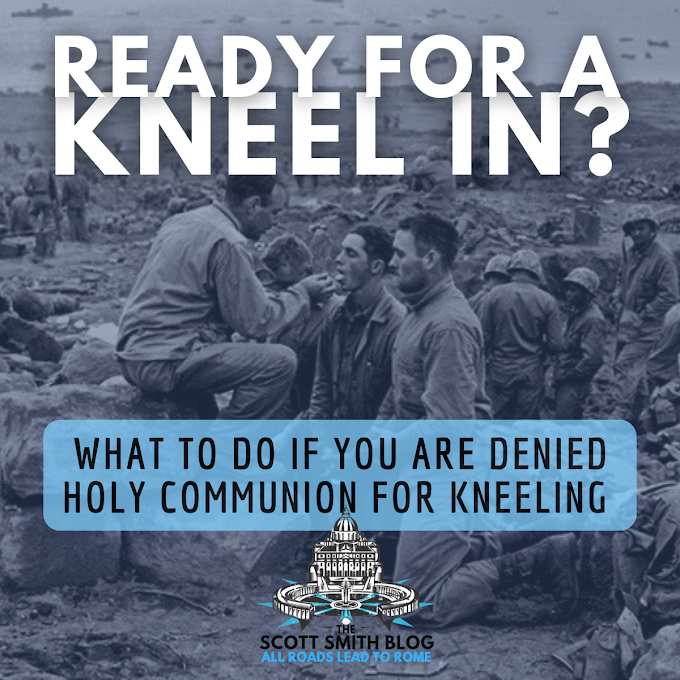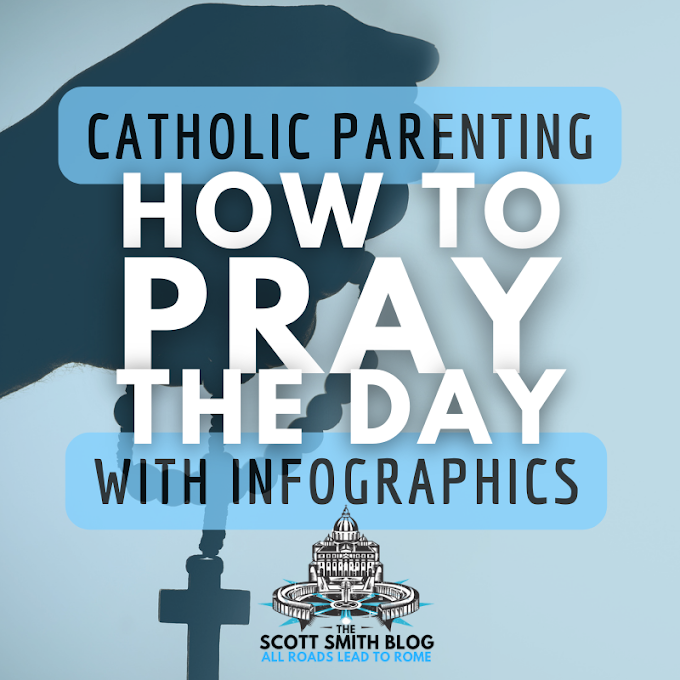Water is a powerful symbol in many of the world’s best-selling novels and C.S. Lewis’ Chronicles of Narnia series, which comprises seven exciting and deeply meaningful stories, is no exception.
Within these works, it does more than serve as a metaphor for a quality or state of mind; it is often the chosen medium that represents a character’s transformation, self-discovery, and maturation.
In collaboration with Guest Author, Lottie Westfield
Water Symbolism in C. S. Lewis' Chronicles of Narnia - Table of Contents
 |
| "A broad river divided itself into two streams and on the island between them stood the city of Tashbaan, one of the wonders of the world." - Chapter 4, A Horse and His Boy |
The Woman at the Well of Narnia, The Silver Chair
Water is also used in the Narnia books to symbolize purity and spirituality. The character of Aslan, who in many ways is a Christ-like figure, is closely linked to water.
For instance, his presence is felt in the rain that falls over Narnia and restores life in this magical land. The rain is a symbol of divine intervention and the grace of God. There are fascinating parallels between the Christian God and Aslan.
For instance, in the Old Testament of the Bible, God is described as “the fountain of living waters.” In the New Testament, Jesus greets the Woman at the Well, revealing to her that He is the source of living water:
Jesus said to her, “Every one who drinks of this water will thirst again, but whoever drinks of the water that I shall give him will never thirst; the water that I shall give him will become in him a spring of water welling up to eternal life.” The woman said to him, “Sir, give me this water, that I may not thirst, nor come here to draw.” John 4:13-15
Likewise in The Silver Chair, Jill is dying of thirst and Aslan tells her that the only way she can stay alive is to “drink from his stream.”
Jill is afraid to approach the stream because Aslan, the lion, terrified her. So she tells Aslan that she will go find another stream. But Aslan, like Christ, is the only source of "living waters."
“Are you not thirsty?” said the Lion.
“I’m dying of thirst,” said Jill.
“Then drink,” said the Lion.
“May I — could I — would you mind going away while I do?” said Jill.
The Lion answered this only by a look and a very low growl.
…The delicious rippling noise of the stream was driving her nearly frantic.
“Will you promise not to – do anything to me, if I do come?” said Jill.
“I make no promise,” said the Lion.
…“I daren’t come and drink,” said Jill.
“Then you will die of thirst,” said the Lion.
“Oh dear!” said Jill, coming another step nearer. “I suppose I must go and look for another stream then.”
“There is no other stream,” said the Lion.
It never occurred to Jill to disbelieve the Lion – no one who had seen his stern face could do that – and her mind suddenly made itself up. It was the worst thing she had ever had to do, but she went forward to the stream, knelt down, and began scooping up water in her hand. It was the coldest, most refreshing water she had ever tasted. You didn’t need to drink much of it, for it quenched your thirst at once.
The Silver Chair, p. 19-21.
As you see above, C. S. Lewis is making a direct connection between Jill at the stream and the woman at the well of John 4. Jesus is the only source of these waters. Or, as Aslan says, "There is no other stream."
Also, the water quenched Jill's thirst at once: "You didn’t need to drink much of it, for it quenched your thirst at once." Likewise, Jesus says at John 4: "Whoever drinks of the water that I shall give will never thirst."
Again in The Voyage of the Dawn Trader, Eustace has to bathe in Aslan’s well to cleanse himself from the dragon form.
Of course, there are more parallels. For instance, Psalm 23:5 says, “My cup runneth over.” In The Horse and His Boy, Shasta drinks from a makeshift cup made by Aslan’s paw print, which is filled with water.
Water has a powerful symbolic role in the Narnia series of books. It symbolizes a plethora of important human values, including courage, renewal, and spiritual enrichment. It is also a powerful metaphor for transition and for facing loss and pain yet emerging with a richer and more meaningful life.
Water Symbolism in The Horse and His Boy
 |
| Click to purchase a copy |
The water also brings them new possibilities they never imagined—and the chance to meet new people and experience magnificent adventures. The characters additionally grow in confidence, and their crossing to Narnia represents their willingness to align themselves faithfully to the values of Narnia—including justice, honesty, and a commitment to doing the right thing.
Baptism: Rebirth and Redemption
Water in Narnia sometimes harks back to Christian roots—in particular to the ceremony of baptism—where water symbolizes new birth and the washing away of sin.
In The Lion, the Witch and the Wardrobe, the children's arrival in Narnia is accompanied by a great thaw, which symbolizes the end of the White Witch’s frozen hold over the land. The melting of the water, sparked by Aslan’s return, expresses the washing away of all things evil and impure and the restoration to life of all the creatures of Narnia who were frozen. It is a powerful metaphor for the power of good and the everlasting nature of hope—a flame that can never be put out.
Finding Light Beyond Death
In The Silver Chair, the characters Jill Pole, Puddleglum the Marshwiggle, and Eustace Scrubb travel through an underground river, as they fight to rescue Prince Rilian and defeat the villainous witch.
 |
| Click to purchase a copy (I love this vintage cover. These were the books from my childhood - Scott) |
As lovers of mythology will know, underground bodies of water, like the River Styx, often symbolize the transition from life to death—the Underworld is the place where Hades reigns supreme. It is also home to five rivers that serve as a border between the worlds of the living and the dead.
 |
| Map of Underland and the Sunless Sea, Silver Chair |
Underground Bodies of Water and the Universality of Human Suffering
The Sunless Sea also symbolizes the many trials and tribulations that people go through—including sickness, loss, and pain. So many difficult and traumatic life events are unpredictable and when they occur, they can make it seem like we have lost control.
So, too, do our heroes find themselves going in the wrong direction, getting lost, and becoming confused and disoriented. There is a constant threat of danger and their emotional states range from fear to fatigue and anxiety. However, through resilience and determination, they eventually find their way out of their anguish.
By focusing on their mission and the things they value (in this case, their friends), they are able to find their way out of this underground labyrinth and once again find meaning and joy in their lives.
This sentiment once again echoes sacred passages, including the well-known passage of Isaiah 6:8, in which the reader is reminded that qualities like faith and hope must be expressed through our daily lives. [More from Lottie Westfield on Isaiah 6:8]
The whole world may be chaotic, and it can sometimes be hard to discover one’s purpose. Yet dedicating one’s time to fulfilling one’s purpose is a powerful manifestation of the importance of living a life filled with purpose.














0 Comments